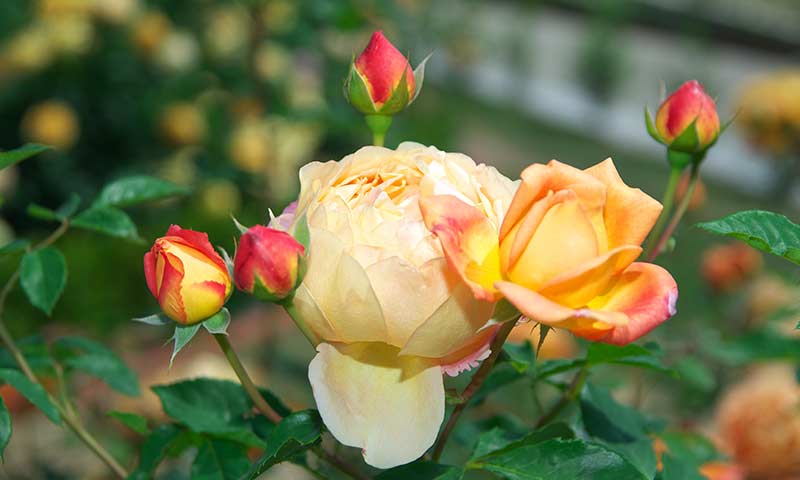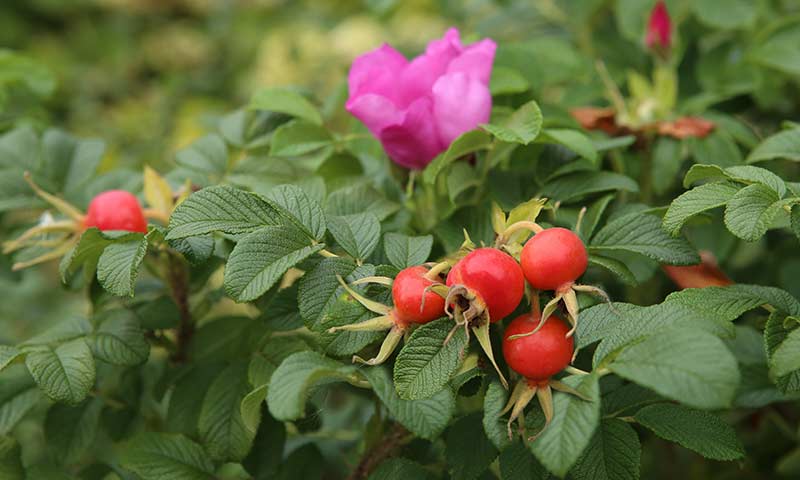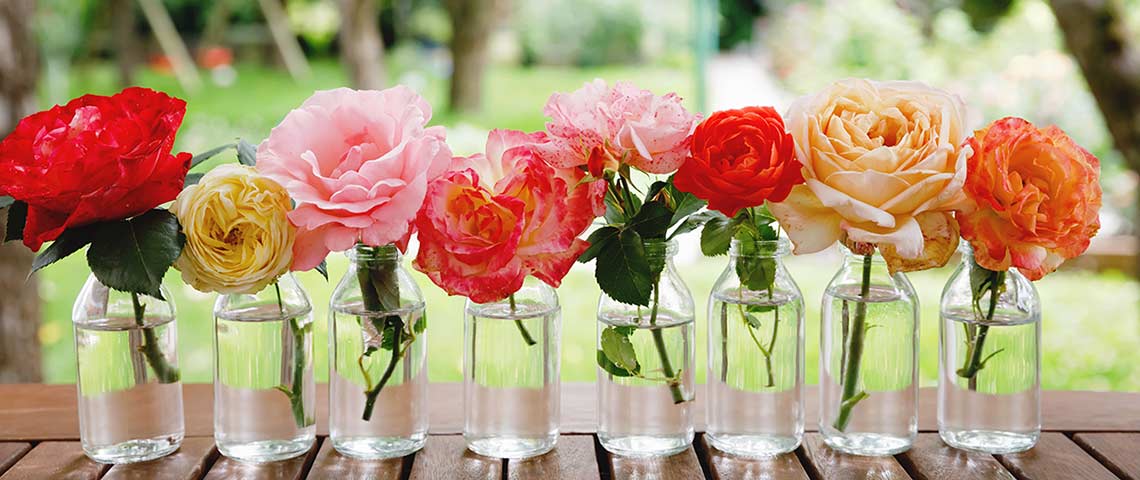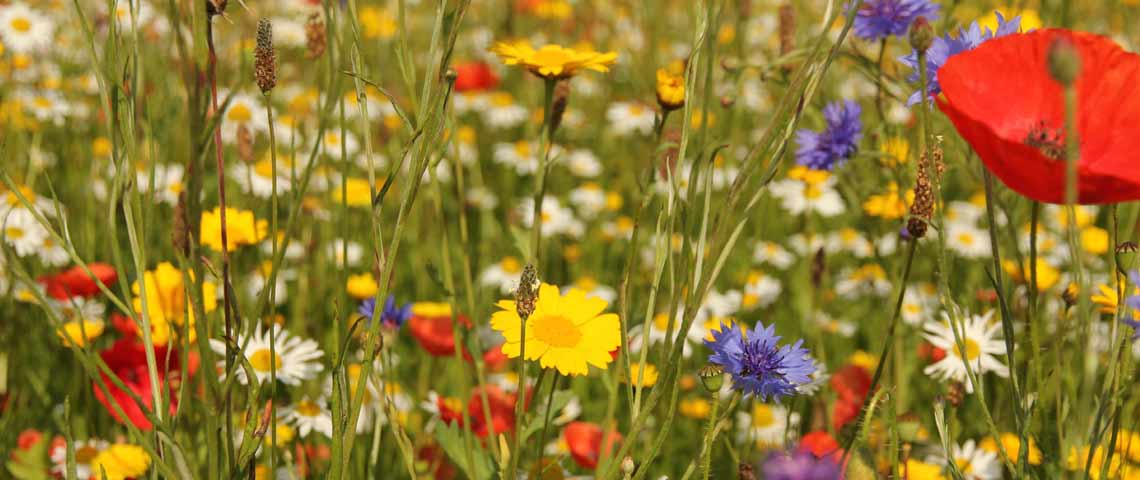How to Feed and Care for Roses
Beauty, nostalgia, romance: Roses have it all. They're kind of the total package when it comes to garden flowers. We're hard pressed to name one flower that has more emotion infused into every bloom — or one that rewards your senses on so many levels. Despite their reputation, these timeless beauties aren't difficult to grow. Work with nature, not against it, and get to know them. You can grow gorgeous garden roses of your very own.
- Selecting Roses for Your Garden
- Choosing Rose Planting Spots
- Prepping Garden Soil for Roses
- Feeding Your Garden Roses
- Watering Your Garden Roses
- Managing Rose Pests
- Cutting Roses for Bouquets
Selecting Roses for Your Garden
Roses offer lots of options. You and yours will be happiest when you choose roses that suit your garden and your goals. Some roses, like classic florist-type hybrid tea roses, aren't very tough. They need mild climates, extra TLC and protection against cold. Hardy, shrub-type roses are a different story. They stand up to cold better and need less attention and protection all around. From delicate buds to big, full blossoms, hardy roses are just as beautiful as other types.
Roses also offers lots of variety when it comes to fragrance and growth habit. You can choose from super-fragrant heirloom roses to almost scentless types, and from tall "climbing" roses to miniatures with tiny buds and blooms. Many varieties offer improved resistance to insect pests and disease. By considering all these factors, you can choose roses that fulfill your dreams.

Nurture your soil to help roses stay beautiful, bud after bud.
Choosing Rose Planting Spots
Roses love the sun, but they aren't picky about where they find it. Give them their own special spot, start a rose garden, or mix them in with other plants in your yard. Roses are great additions to edible landscapes where vegetables and herbs and ornamentals mix. You can also grow roses in multiple containers and rearrange pots whenever the urge hits.
Whether you plant in the ground or in containers, roses need plenty of sunlight and air for glossy leaves and a stream of blooms. Choose planting locations with at least six to eight hours of sun each day. Where rays are intense, choose spots that provide some sun protection in the afternoon. Give your roses plenty of breathing room, especially where heat and humidity run high. Good air circulation helps keep roses beautiful and disease-free.
Prepping Garden Soil for Roses
Late spring is a perfect time for planting garden roses in the ground — after frost and before summer heat arrives. Early fall is also great for planting as long as you give roses plenty of time to settle in before winter hits. To give your roses the best possible home, take time to nurture your soil.
If you're planting in containers or outdoors, Pennington Full Season Potting Mix is our Premium blend for indoor and outdoor plants. Formulated with high-quality ingredients, including worm castings that can contribute to improved soil health and better plant performance. This mix also contains natural Bio-stimulants, for improved plant nutrient uptake leading to stronger and healthier plants. The premium quality peat used in this product is certified sustainability sourced. This high-performance blend feeds for up to 6 months and contains moisture controlling crystals that help reduce the need for watering. Whether you are new to gardening or a seasoned pro, this soil is the perfect choice to ensure success.
With Full Season Potting Mix, augment your soil nutrients at planting time with the help of Pennington Rejuvenate Plant Food All-Purpose 4-4-4. This balanced fertilizer blends organic and natural ingredients, such as earthworm castings, beneficial microorganisms and humic acids to improve soil and help plants thrive. Follow label instructions for new plantings and work the plant food into your soil before you plant.

Pollinated rose flowers can become stunning rosehips.
Feeding Your Garden Roses
Whether you're lured by big luxurious flowers or simple, five-petaled "wild rose" blooms, you'll have more to enjoy when you feed roses well. Roses have big appetites. Good soil and balanced nutrients upfront get them started right. But they'll definitely appreciate more nutrients as they grow — especially when you feed them the special blend of nutrients roses prefer.
Pennington Rejuvenate Plant Food Rose & Flower 4-6-3 nourishes your roses with an ideal blend of essential plant nutrients and organic and natural ingredients formulated with bigger, more beautiful blooms in mind. Beneficial microorganisms like microbes and mycorrhizal fungi combine with nutrients to improve plant color and vigor, and strengthen plants against stress and drought.
With this bloom-boosting food, the middle number in the N-P-K ratio on the label stands for phosphorus, an essential plant nutrient that promotes good roots and lots of bigger blooms. By feeding your roses just the right balance of nutrients, you'll help support strong stems, glossy leaves and beautiful flowers.
Watering Your Garden Roses
Good hydration is essential for fresh, healthy rose petals and thick, strong stems. Watering roses is simple: Water deeply and thoroughly, so roots grow deep and help roses withstand stresses, including highs temps and low rainfall.
Water often enough that soil stays slightly moist, but never soggy. Rose roots need air just like rose leaves and flowers do. A layer of organic mulch around your roses helps maintain soil moisture and keeps soil from splashing up on blooms.
Water your roses early in the day and water them at soil level, so leaves and stems stay dry. Many fungal leaf diseases count on water droplets to spread, so don't help them along. Water roses early so sun and wind make sure any wet leaves dry fast.
Managing Rose Pests
Unfortunately, people aren't the only ones who like roses. Insect pests can show up even when you do everything right. If common rose pests or diseases strike, turn to Sevin Sulfur Dust for two-in-one disease and insect control. Used as a spray or a dust, this trusted product fights pests like powdery mildew, black spot and red spider mites. Once the dust settles or the spray dries, the area's ready for fun again.
When using pesticides in your garden, keep bees, hummingbirds and butterflies in mind. Avoid treating any open flowers where pollinators might visit that day. Their pollinating activities can lead to more spectacular shows of fall rosehips — and bigger harvests from your garden fruits and vegetables from tomatoes and zucchinis to hot pepper plants.

Harvest fresh-cut bouquet roses right after morning dew dries.
Cutting Roses for Bouquets
Part of the fun of growing your own roses is bringing the romance indoors. From simple bud vases to luxurious bouquets to floating rose petals, roses beautify your home indoors and out. Plan to pick roses in the morning — right after the dew dries — when rose blossoms are hydrated and look their best.
Use sharp, clean pruners and cut your stems at an angle, right above a set of leaves. Take along a bucket of warm water and put cut roses into the water right away, so cut stems don't dry out. Indoors, fill your chosen containers with warm water and a floral preservative to extend flower life. Replace the water and recut your stems every few days to make your roses last even longer.
At Pennington, we've been helping yard and garden dreams come true since 1945. It's our specialty, and we hope you'll let us help you. From gorgeous roses to drought-tolerant gardens, we've got you covered with products that work in natural harmony — with beautiful results. Have a question or a dream to share? We'd love to hear it. Let us help you nurture your roots.


